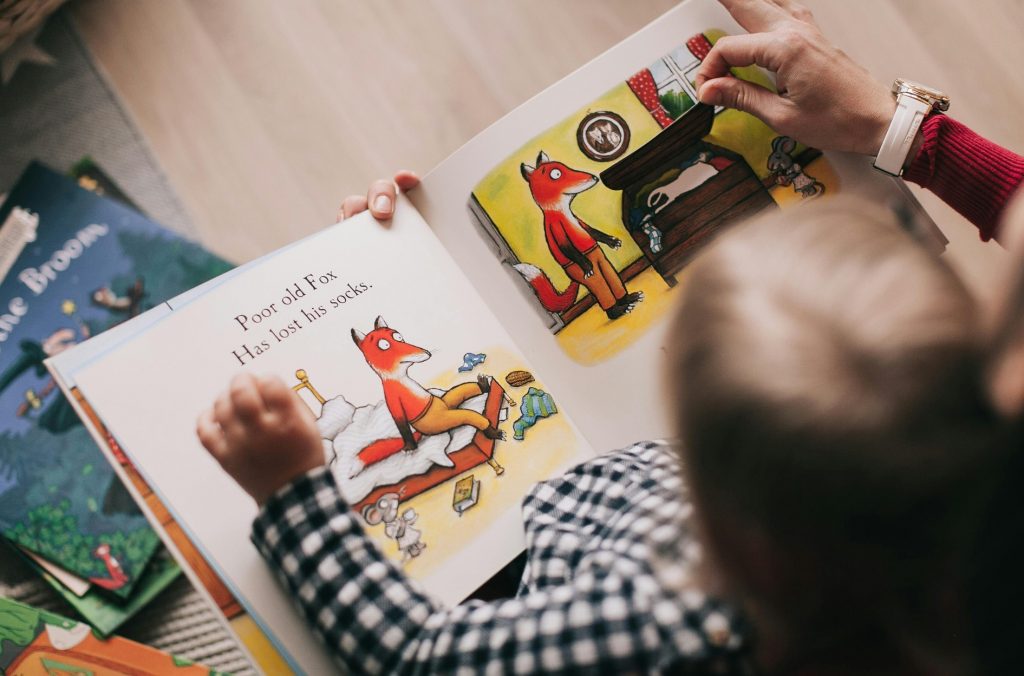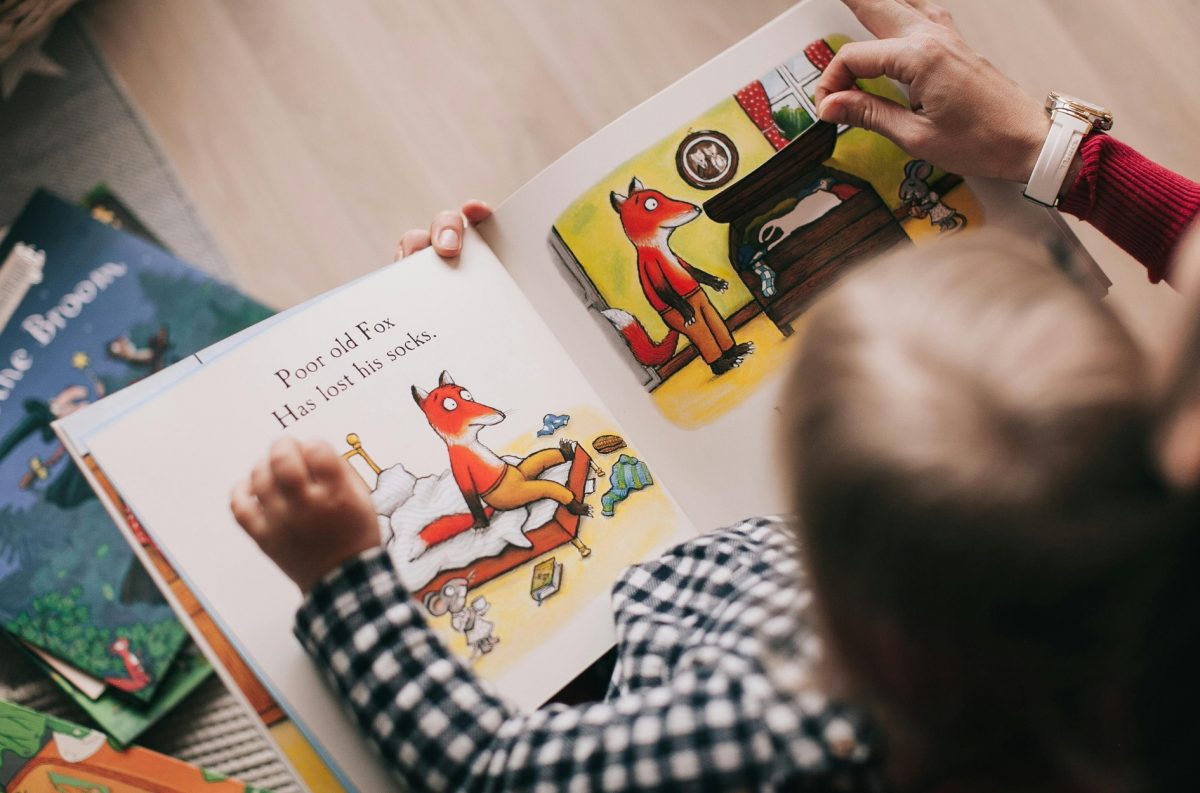
If you’ve ever watched a toddler chase bubbles across the yard like they’re discovering a new galaxy, you’ve seen it—the spark. That little flicker of curiosity, joy, and awe that fuels the beginning of every learning journey. But as the years pile on, packed with school schedules, testing standards, and digital noise, that spark can fade. The real challenge for parents isn’t just helping kids learn—it’s helping them want to.
Create a Home Where Wonder Isn’t Optional
Kids are born with questions bubbling in their brains—why is the sky blue, how do birds fly, what happens if you mix ketchup with peanut butter? That’s curiosity at its purest, and if you respond with warmth and engagement instead of dismissiveness, you teach them their wonder is welcome. Turn your living room into a place where weird facts, open books, and new ideas are part of the air you breathe. Make it safe to ask questions without worrying about having the “right” one. When your child sees that your home values exploration over perfection, they’ll feel free to stay curious.
Encourage Creative Activities
Before your child ever writes an essay or solves for x, they’re already expressing complex ideas—through doodles, swirls of color, and stick figures battling dragons. Encouraging your kid to draw or paint isn’t just about making fridge art; it’s about giving them a low-pressure outlet for thought, emotion, and storytelling that supports the bigger picture of learning. To keep their creative evolution from getting lost in the shuffle of old notebooks and stray paper, start digitizing their artwork by comparing various free scanner apps—it’s surprisingly satisfying to capture a painting with your phone and convert it into a clean, shareable PDF. Over time, you’re not just saving memories—you’re building a visible archive of how their mind works, and that’s something worth keeping.
Let Boredom Breathe
It sounds counterintuitive, but boredom is where some of the best thinking begins. Today’s kids are surrounded by content—videos, games, entertainment that never ends—and it’s tempting to fill every quiet moment with stimulation. But the mind needs space to wander, to build, to create something from nothing. Give your child the gift of downtime, and don’t be afraid to let them sit with it. That discomfort can turn into storytelling, building forts, inventing games—an internal engine revving up for self-motivated learning.
Bring Back Play With Purpose
Play is where so much natural learning happens, and yet somewhere along the line, we started seeing it as “unproductive.” Bring back free play, but also explore purposeful play—games that sneak in math, books that unfold through choices, and science kits that blow minds (and maybe the kitchen counter). Follow their lead when it comes to what excites them and look for activities that let them take the wheel. When a child connects joy with learning through play, that connection is hardwired for life.
Model What You Preach—Be a Learner, Too
There’s something powerful about your child watching you crack open a textbook after dinner—not because you have to, but because you want to grow. Going back to school as a parent sends a message that learning doesn’t stop after graduation, and thanks to online degree programs, it’s more doable than ever to balance coursework with work calls and soccer practice. For instance, you can research psychology degree programs that open the door to understanding the mental and emotional threads that shape how people think, feel, and act—insight that can ripple outward to support not just your family, but your wider community. When your kid sees you chasing knowledge while juggling real life, they learn that lifelong learning isn’t a slogan—it’s a choice you keep making.
Expose Them to the Unfamiliar Without Forcing It
The world is huge, and your child only knows the slice they live in—unless you help them see more. You don’t need a passport to expand their world; books, music, food, and conversations can do it just fine. Instead of pushing subjects you think they should love, introduce new ideas gently. Let them eavesdrop on a documentary, flip through a weird art book, or help you cook something totally foreign. Give them low-pressure chances to stumble upon a passion they didn’t know existed.
You can’t make someone fall in love with learning, but you can create the kind of atmosphere where it’s almost inevitable. It takes more than flashcards and apps—it takes attention, patience, and a belief that the mind is not a machine to be fed, but a flame to be kindled.
Discover your next favorite read with Booksliced.com, where a world of free Kindle books awaits across every genre imaginable!
This article was written by Chelsea Lamb of Businesspop.net.

